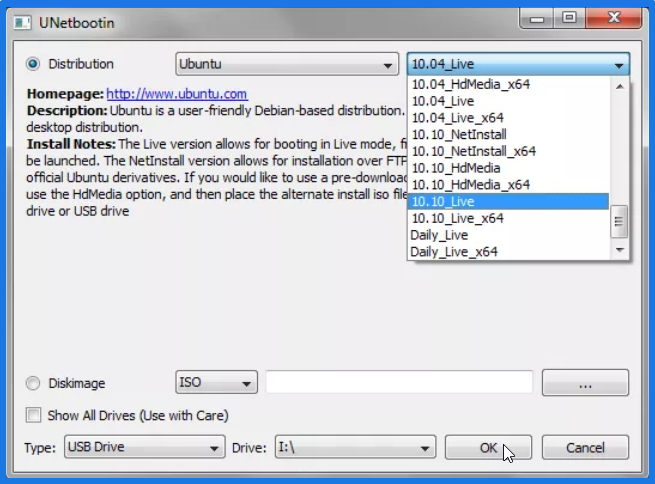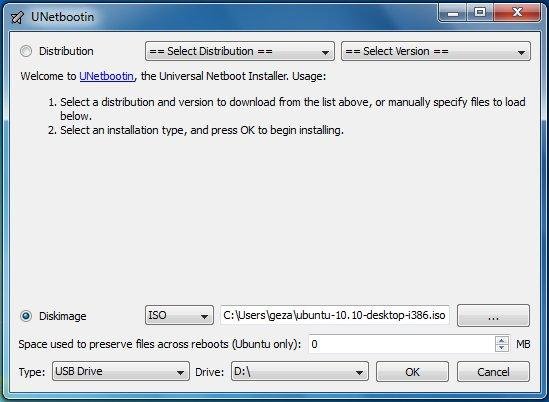

- UNETBOOTIN UBUNTU WINDOWS HOW TO
- UNETBOOTIN UBUNTU WINDOWS INSTALL
- UNETBOOTIN UBUNTU WINDOWS WINDOWS 10

Perhaps that is your case as well, but I am not sure since you only write that it is "UEFI-supported" Windows 8.
UNETBOOTIN UBUNTU WINDOWS WINDOWS 10
In my case, I had Windows 10 which was already installed in UEFI mode, thus, it already had an UEFI partition ready.
UNETBOOTIN UBUNTU WINDOWS HOW TO
This is an old question and I just drop some steps that were needed in 2021, perhaps it helps someone since it took me far too long to find out how to boot from the USB stick in UEFI.

UNETBOOTIN UBUNTU WINDOWS INSTALL
(I can't count the number of questions I've seen from people who need help with this.) That said, on rare occasion it is necessary to install in BIOS/CSM/legacy mode and deal with the EFI boot loader installation issues, or even re-install Windows in BIOS/CSM/legacy mode to work around particularly buggy EFIs. Doing so will require you to install an EFI-mode boot loader after the fact, which is extra work that can itself cause confusion and complications. I do not recommend installing in BIOS/CSM/legacy mode except as a last resort. Such tools can therefore sometimes create USB flash drives that are unbootable in EFI mode. Furthermore, EFIs vary greatly, making it impossible for developers of such tools to test on a wide enough variety of systems. More complex programs, like unetbootin, were designed with BIOS-mode booting in mind. In particular, you may be having problems because you used unetbootin - the Ubuntu installer should work fine if copied to a USB flash drive via the Linux dd command or equivalent tools in Windows. See my page on installing Linux on EFI systems.

So, I set Secure Boot to "off" into BIOS and I disable Fast Startup as described here. I tried to follow all these instruction and these instructions too. I want to install Ubuntu in dual boot with Windows 8. I recently bought a Dell Inspiron 15R SE with Windows 8 (64 bit) pre-installed (UEFI supported).


 0 kommentar(er)
0 kommentar(er)
